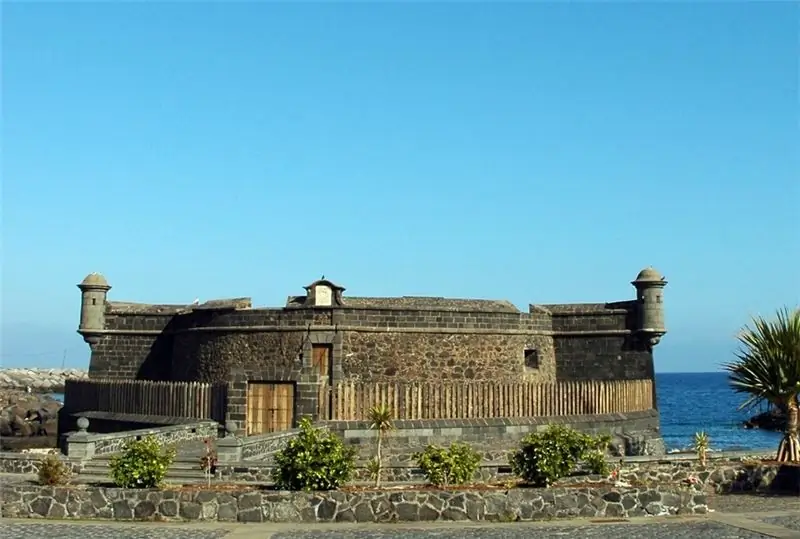
Many tourists dream of visiting the Canary Islands. Of course, few of them care about the history of Tenerife; the sea, sun, entertainment and excursions are important for guests from other continents. Meanwhile, this largest island in the archipelago holds many secrets. One of them is associated with the period of human appearance in these territories.
The first inhabitants and first guests of Tenerife
The dating of the appearance of the first inhabitants is very conditional - from the fifth century BC to the first century AD. Historians agree that it was a Guanche tribe, and for 2000 years no one else appeared here. The natives tried to adapt to local conditions, to build life according to their own rules.
In 1496, an important event happened that sent the history of Tenerife on a new course. Guests from the Old World arrived on the islands, they were the Spaniards. It is clear that the level of development of the local tribe was primitive compared to the Europeans. The natives were engaged in primitive farming and fishing, were worshipers of many gods, whose idols can still be found in different parts of the island. And even their names have been preserved since those distant, pre-Hispanic times.
Colonization period
Most of the Canary Islands were conquered by the Spaniards by the end of the 15th century, except for the island of Tenerife. Alonso de Lugo, one of the Spanish conquistadors, received the right to proceed with the seizure of the territory. He landed on the island, built a fortress and began to develop new lands, slowly moving inland. Thus, the history of Tenerife (in brief) begins its new stage.
The island of Tenerife at that time was a collection of many small kingdoms, whose leaders could not come to a common decision on relations with the Spaniards. Some were ready for war, others were in favor of preserving peace, although the European guests themselves came here exclusively for predatory purposes.
A more developed civilization won, some of the inhabitants who resisted were sent into slavery. Diseases brought from Europe weakened the local immunity. Therefore, the territory of the island quickly became a Spanish colony. On the other hand, the conquest of Tenerife led to deforestation, the expansion of agricultural land, the cultivation of reeds and other tropical crops.
From the Middle Ages to the XXI century
The Spanish colonialists, in turn, were attacked by pirates and representatives of other countries, who wanted to get their piece of tropical paradise. Therefore, until the 19th century, large and small colonial wars continued, primarily with the British, the most famous of which was Admiral Nelson.
In the 21st century, the situation has changed, now the tourism business is actively developing on the island. Europeans are still striving here, but exclusively for peaceful purposes.






